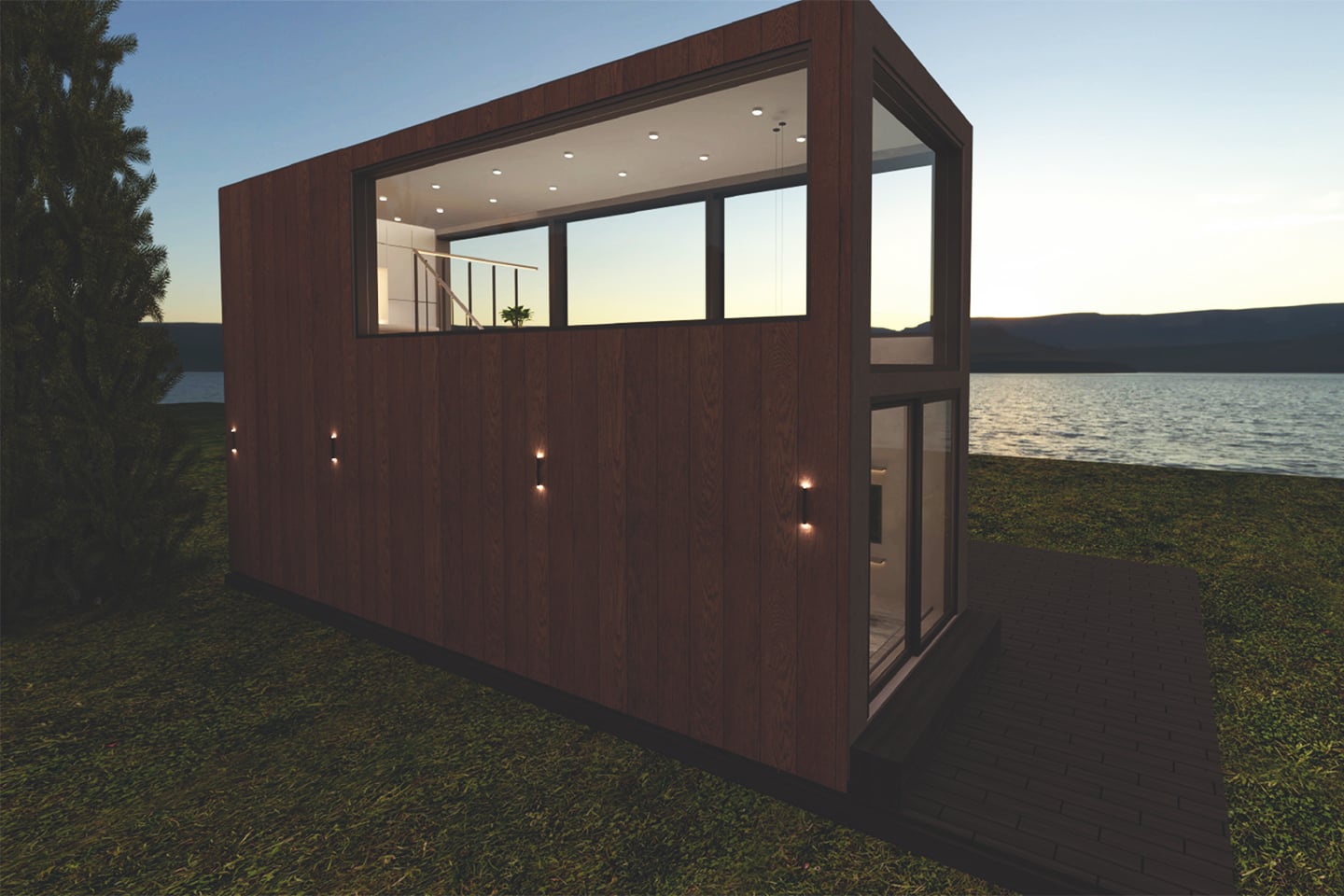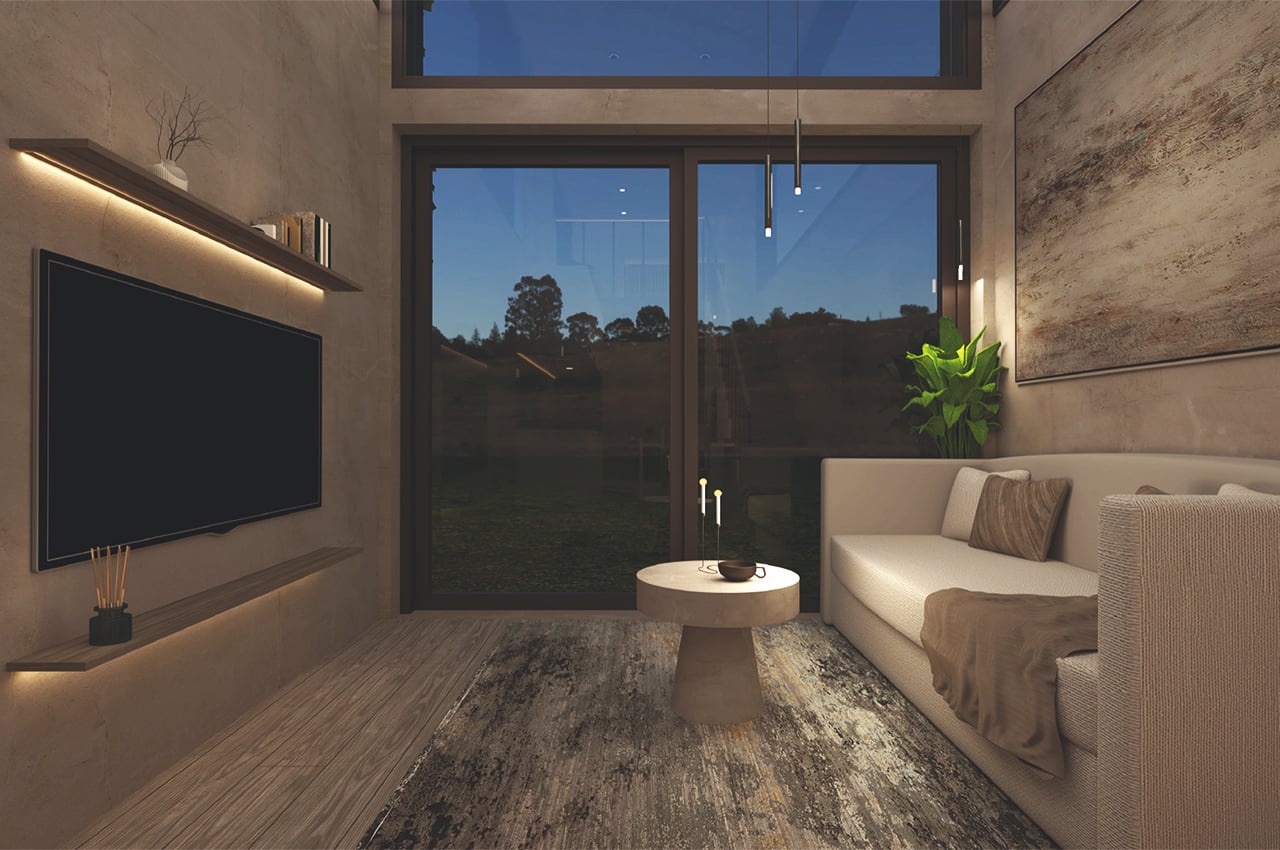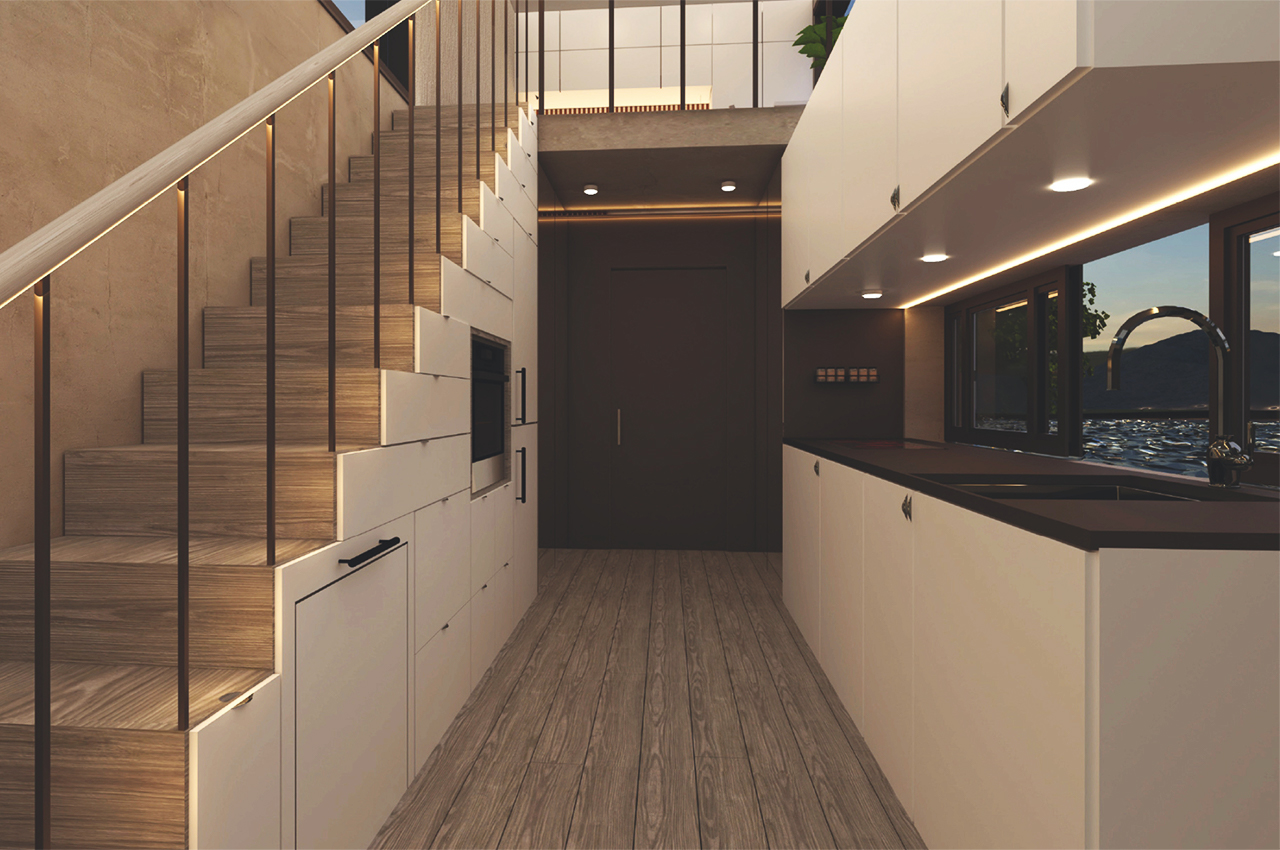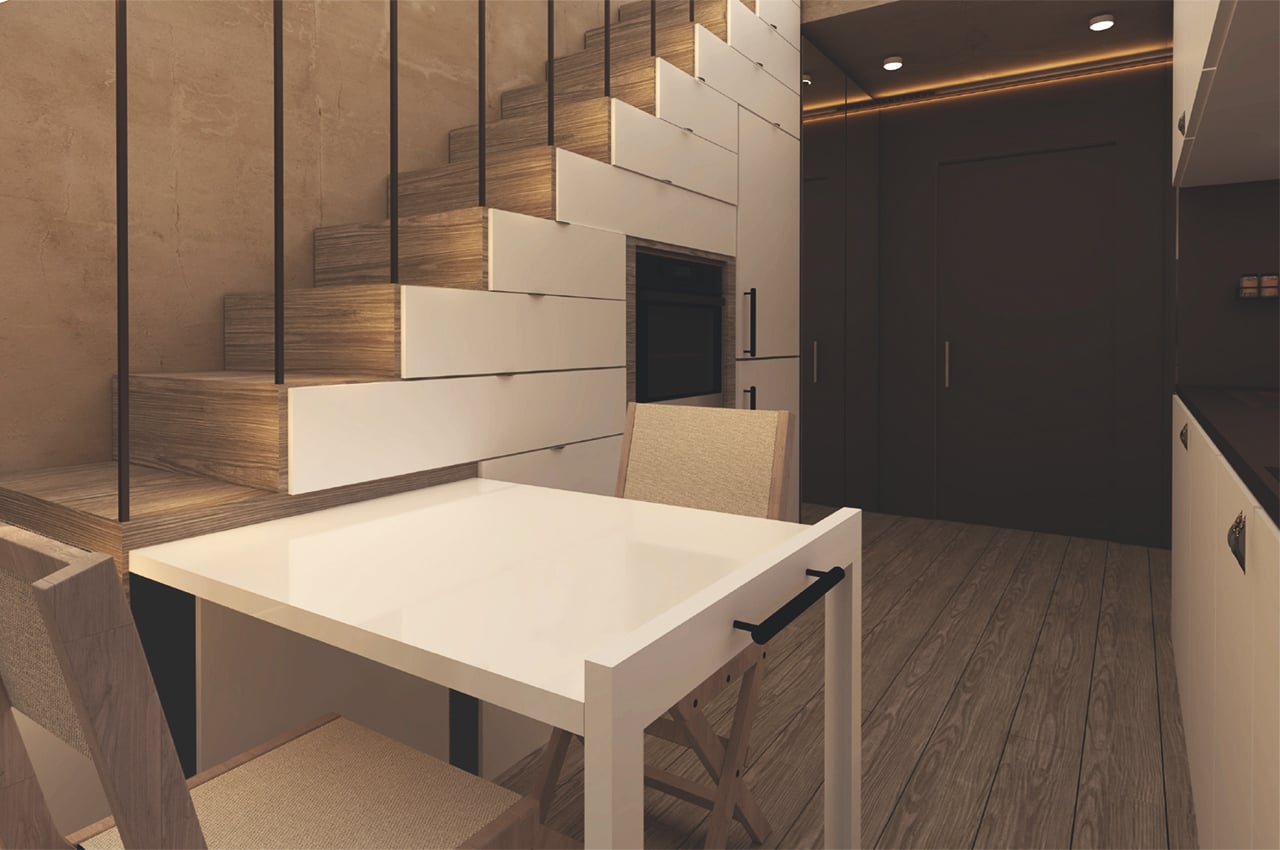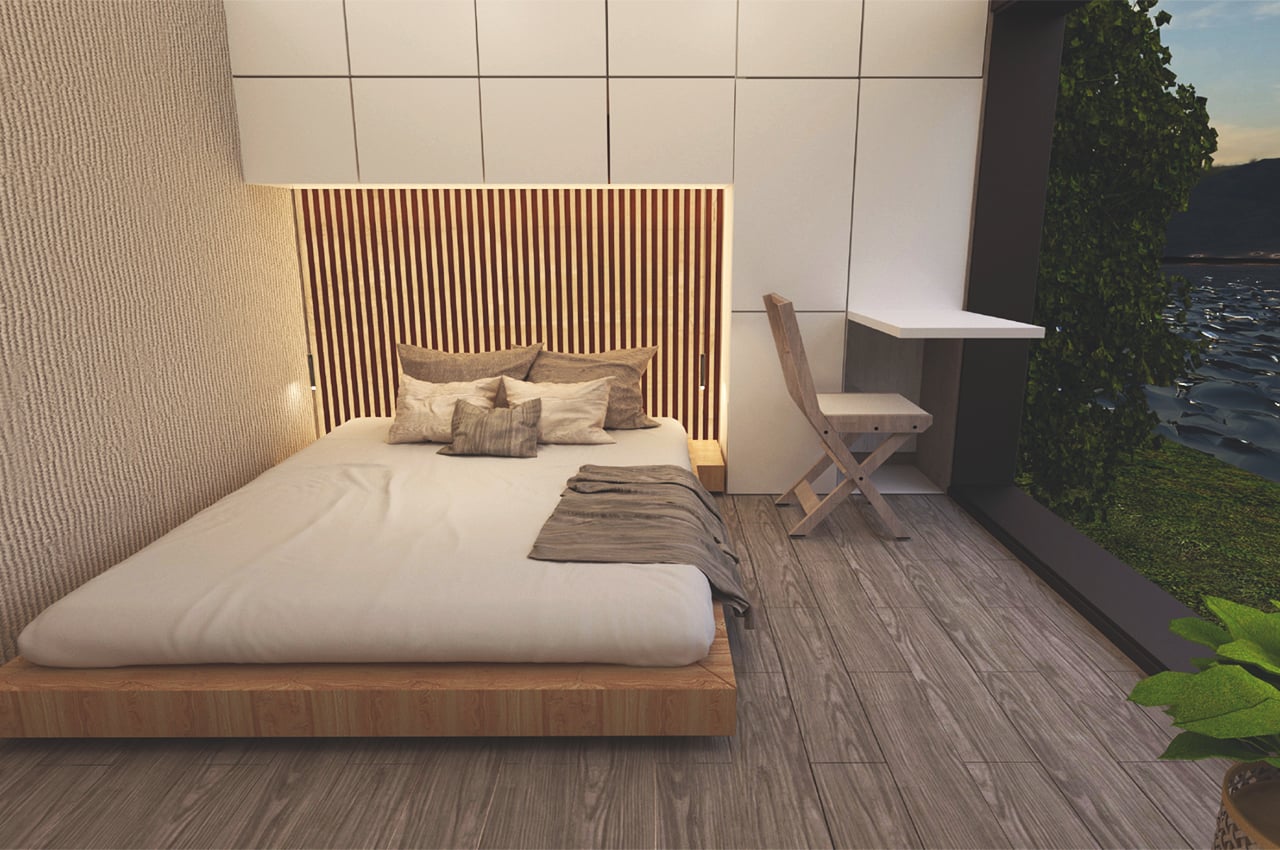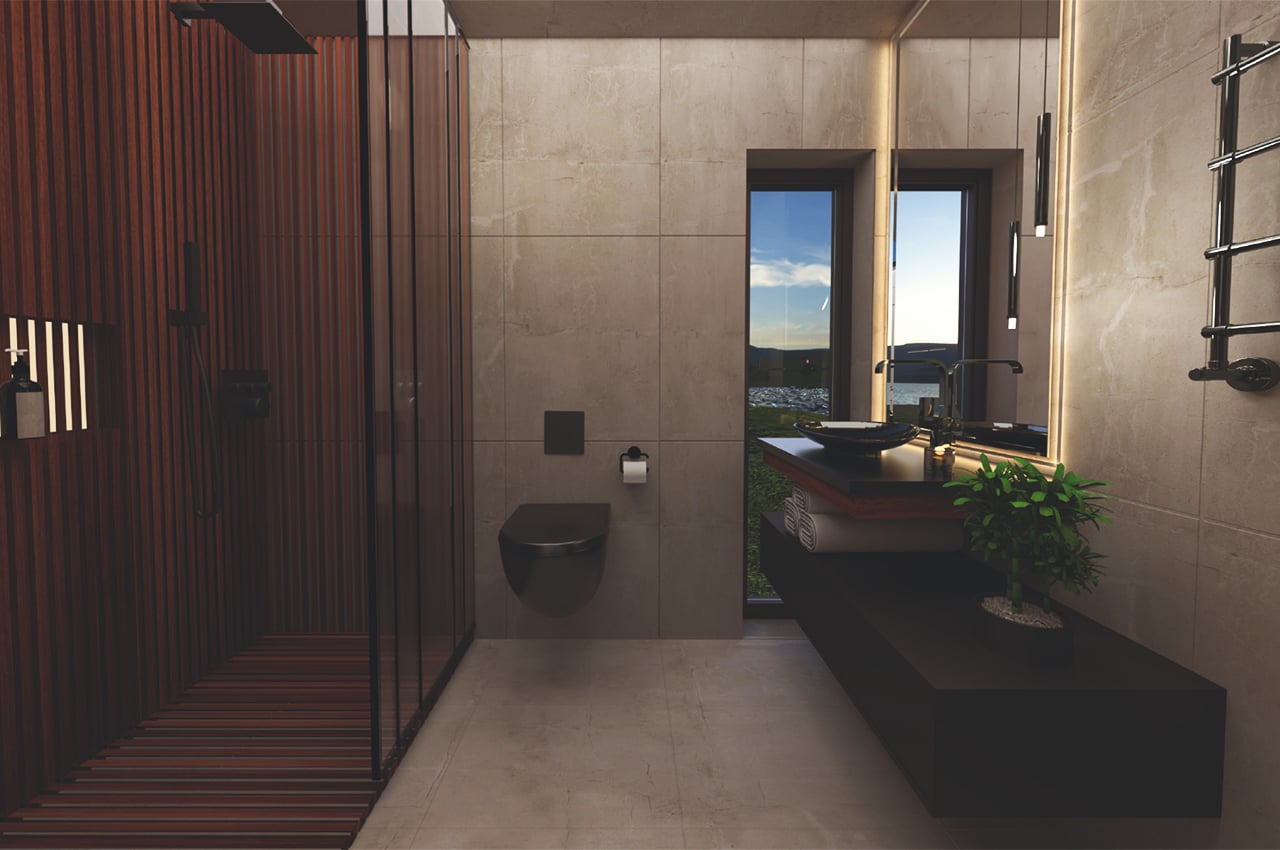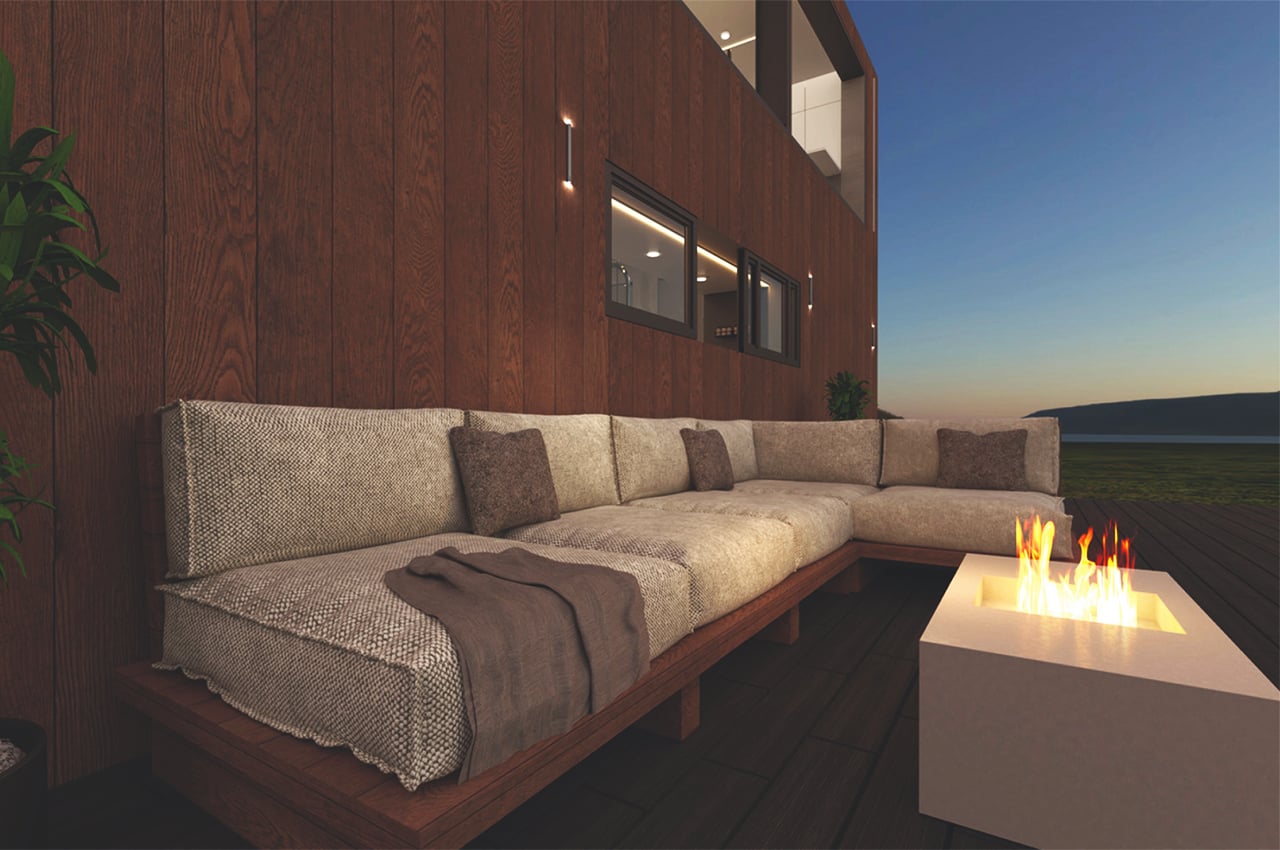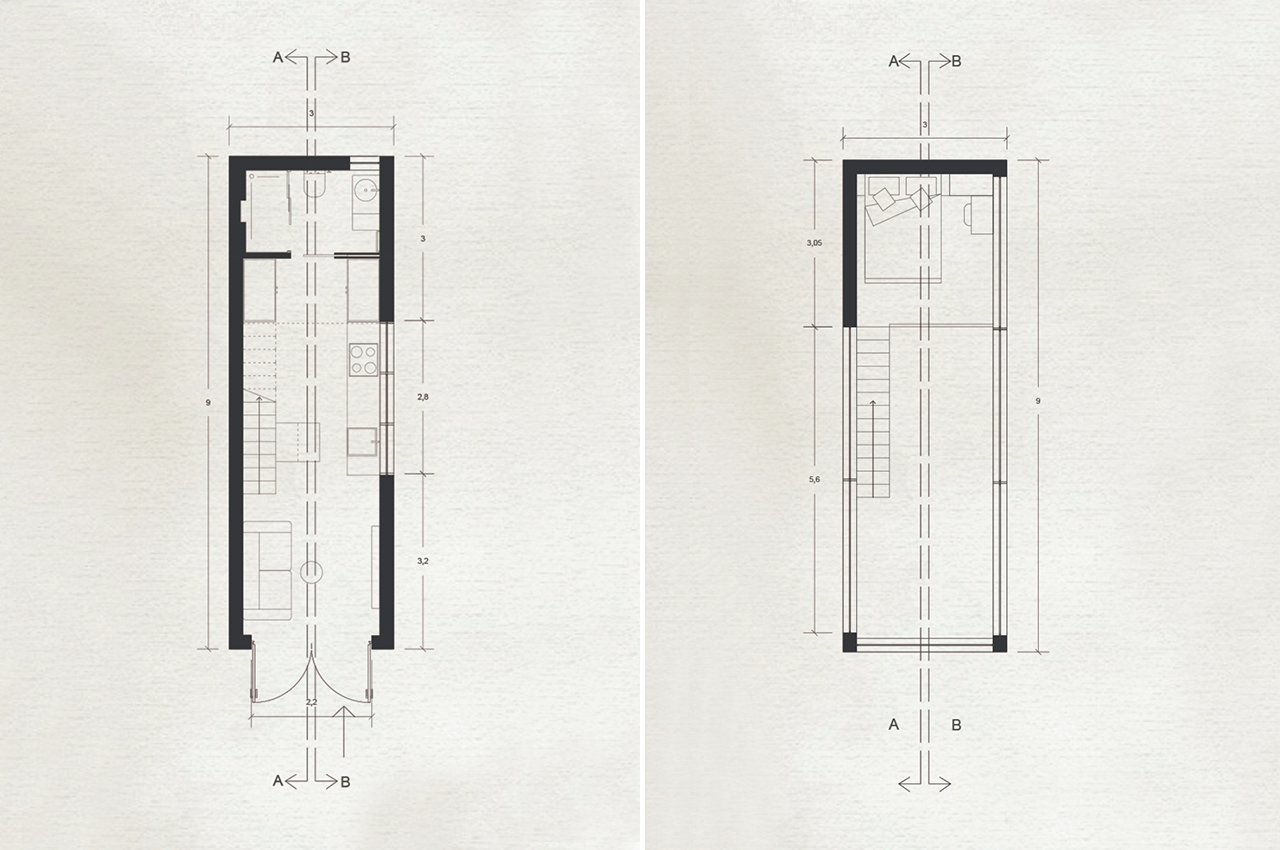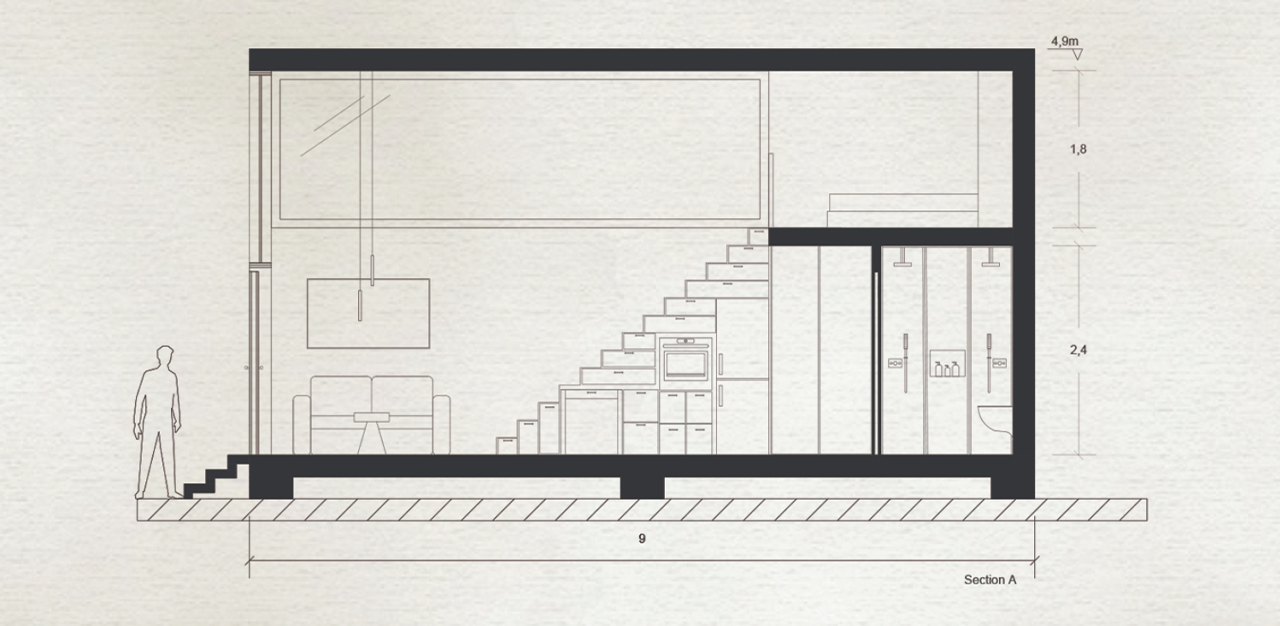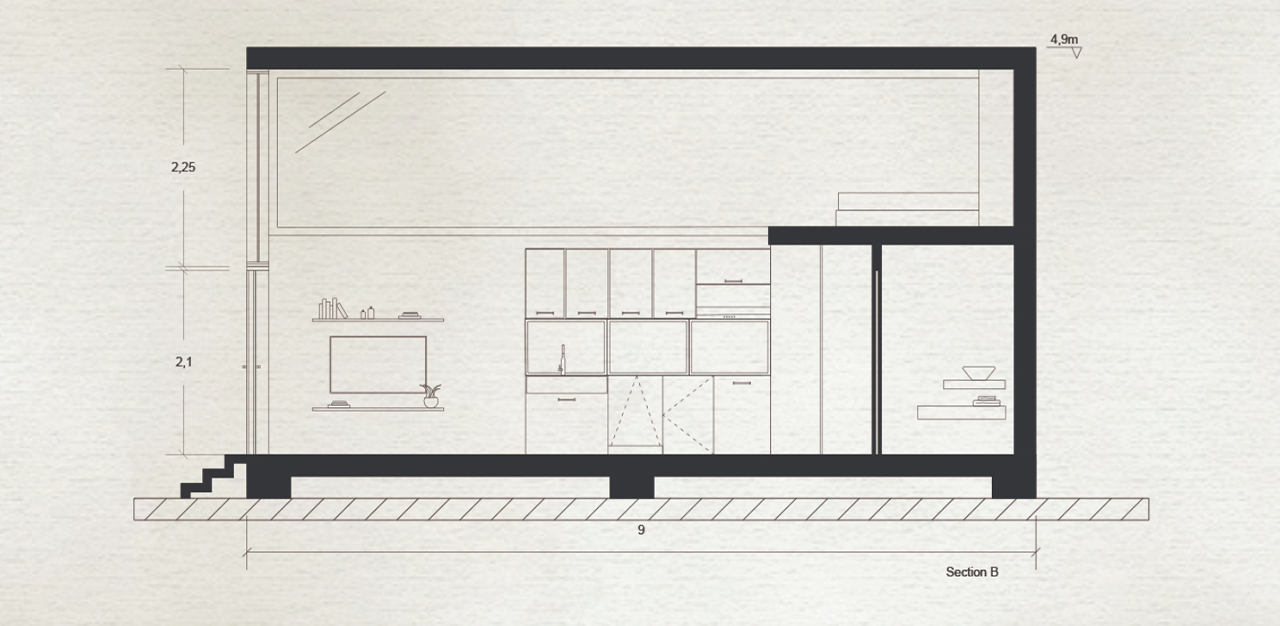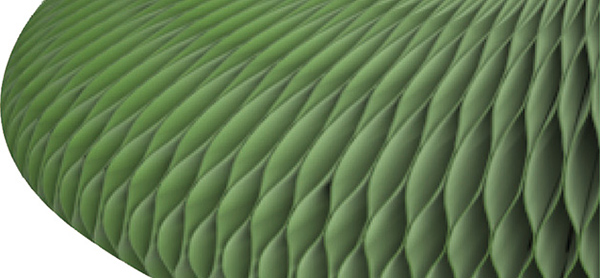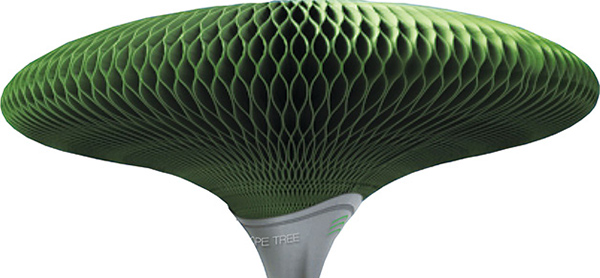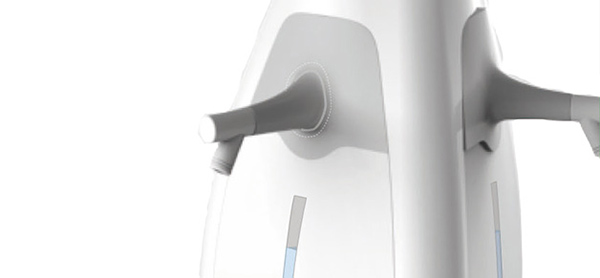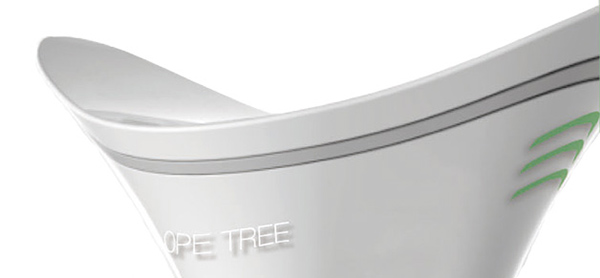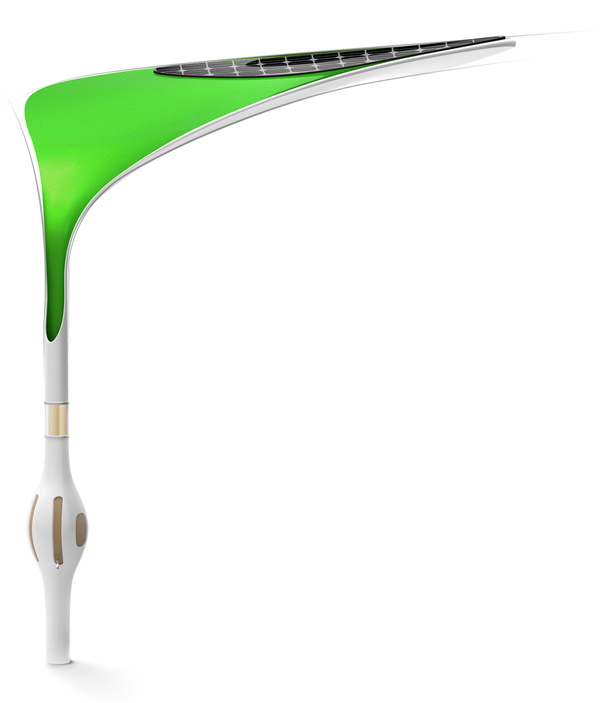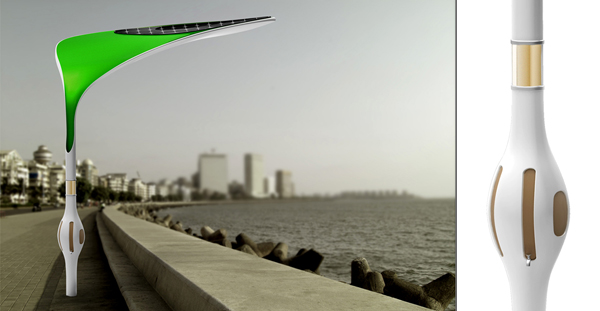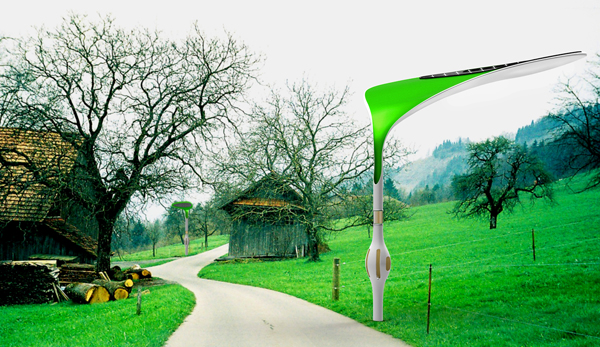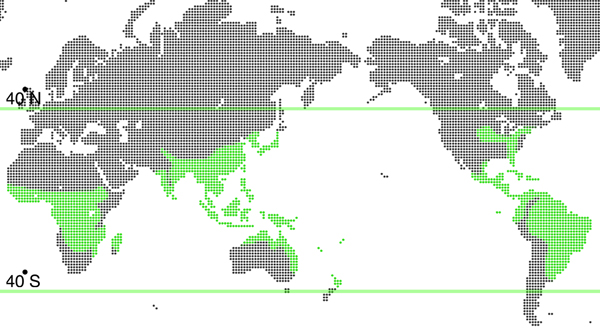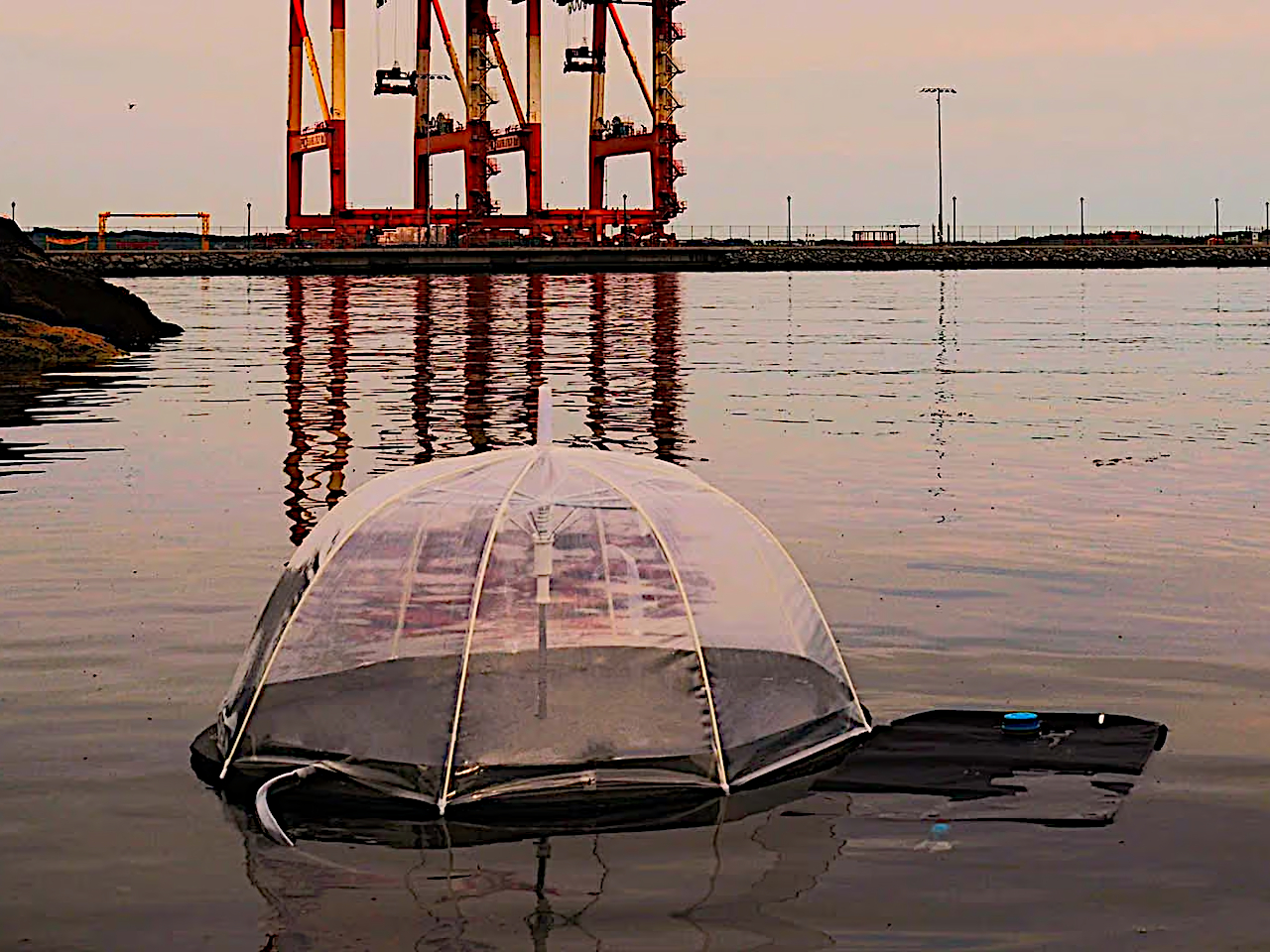
Even though 71% of the earth’s surface is covered by water, there is still a water shortage in our planet because only a small percentage of that is safe to drink. It is also pretty expensive to purify water so not everyone can afford to drink safe water, not to mention all the pollution that makes it even more dangerous. There are several research projects out there to come up with eco-friendly ways to do this but this one from Dalhousie University in Canada is probably the cheapest.
Designer: Matthew J. Margeson, Mark Atwood, Jaser L. de Larrea, Joseph Weatherby, Heather
Daurie, Katlyn Near, Graham A. Gagnon, Mita Dasog (Dalhousie University)
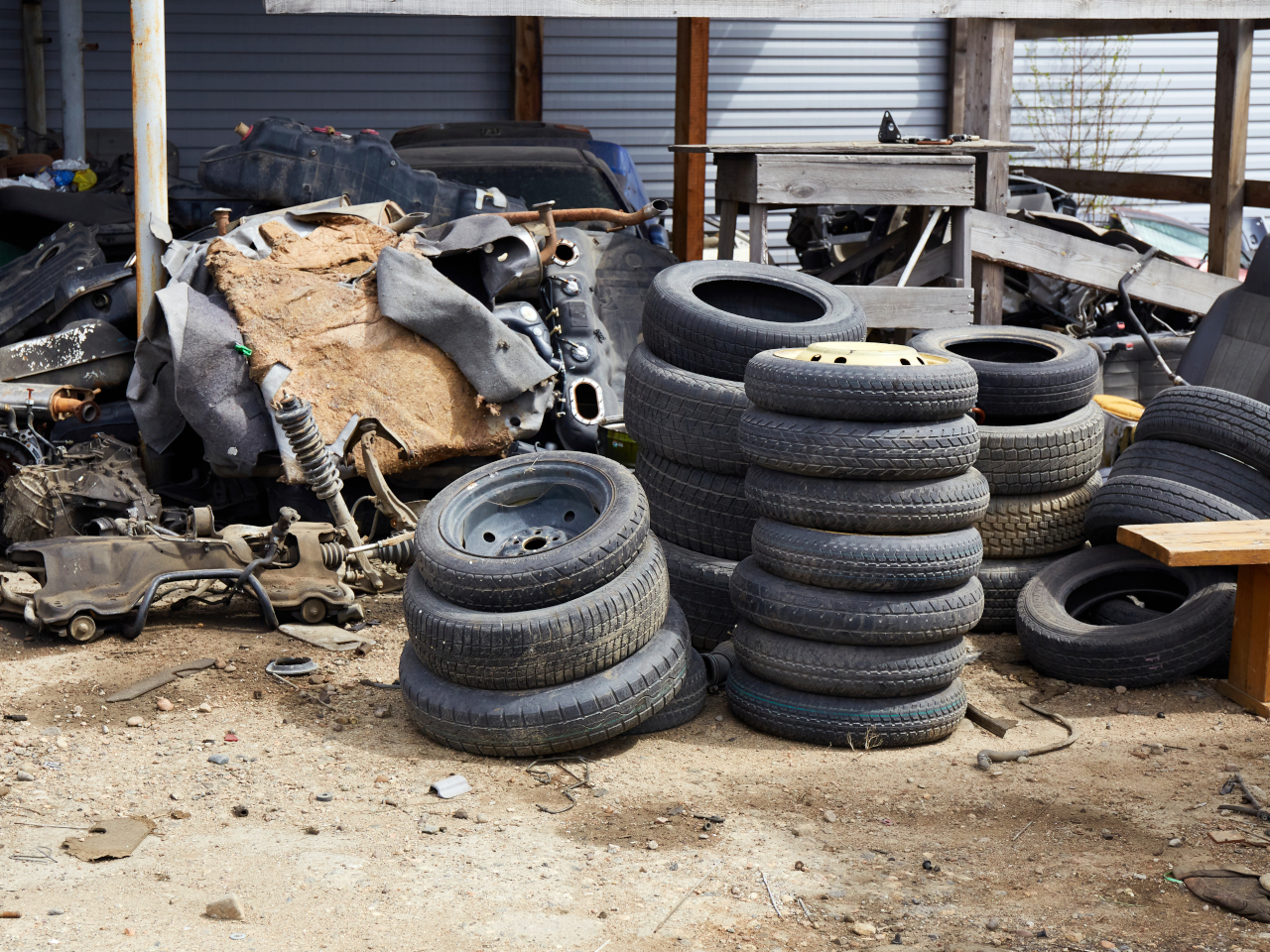
Image courtesy of viktelminova
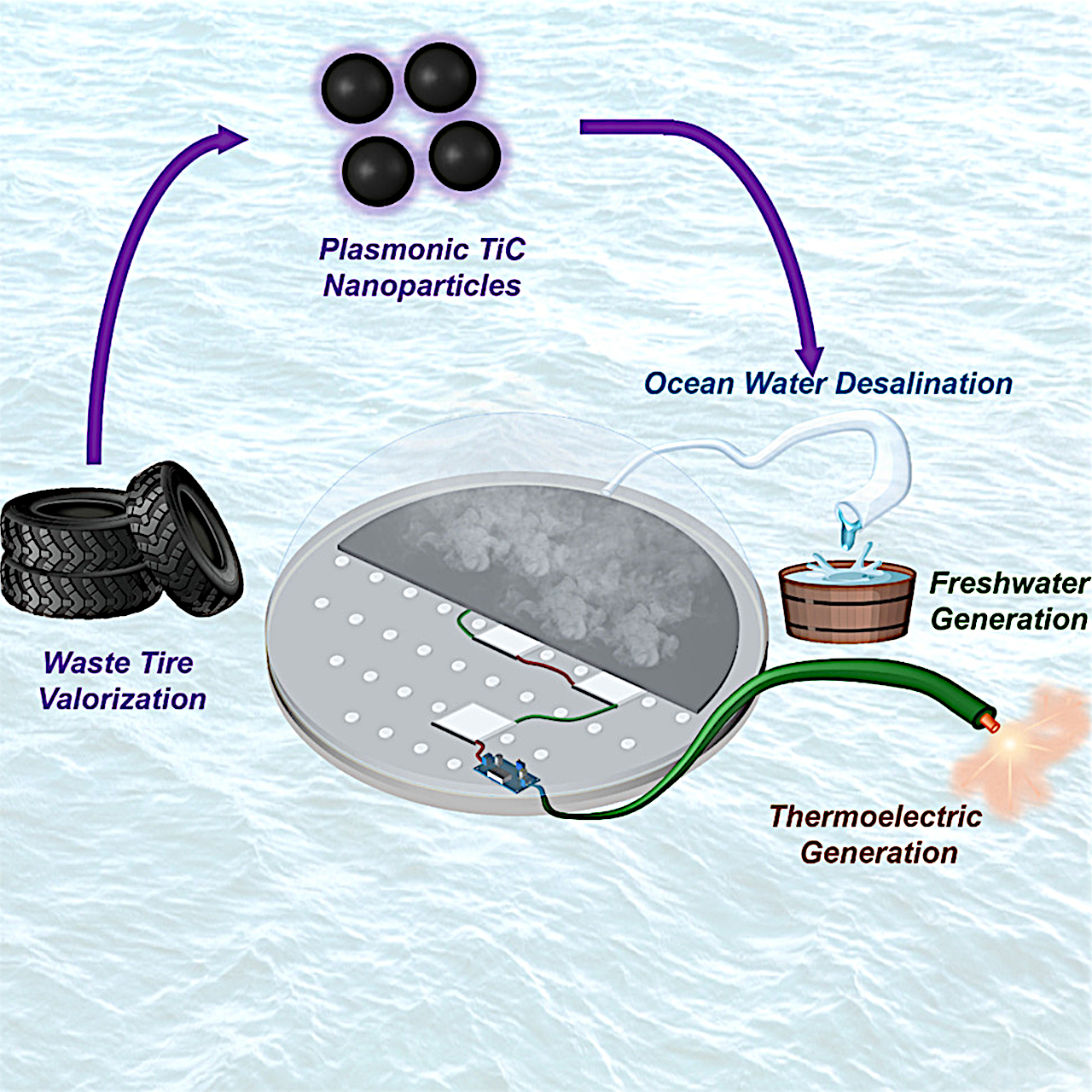
This floating solar still from researchers at the Canadian university is able to produce 15.5 cups of fresh water per day, which is 1.5 times the amount that a person needs to consume every day. It is able to do this by soaking up water from below it and then use the heat from solar radiation to evaporate the purified water. It condenses on a dome on top of the still and then the water is collected.
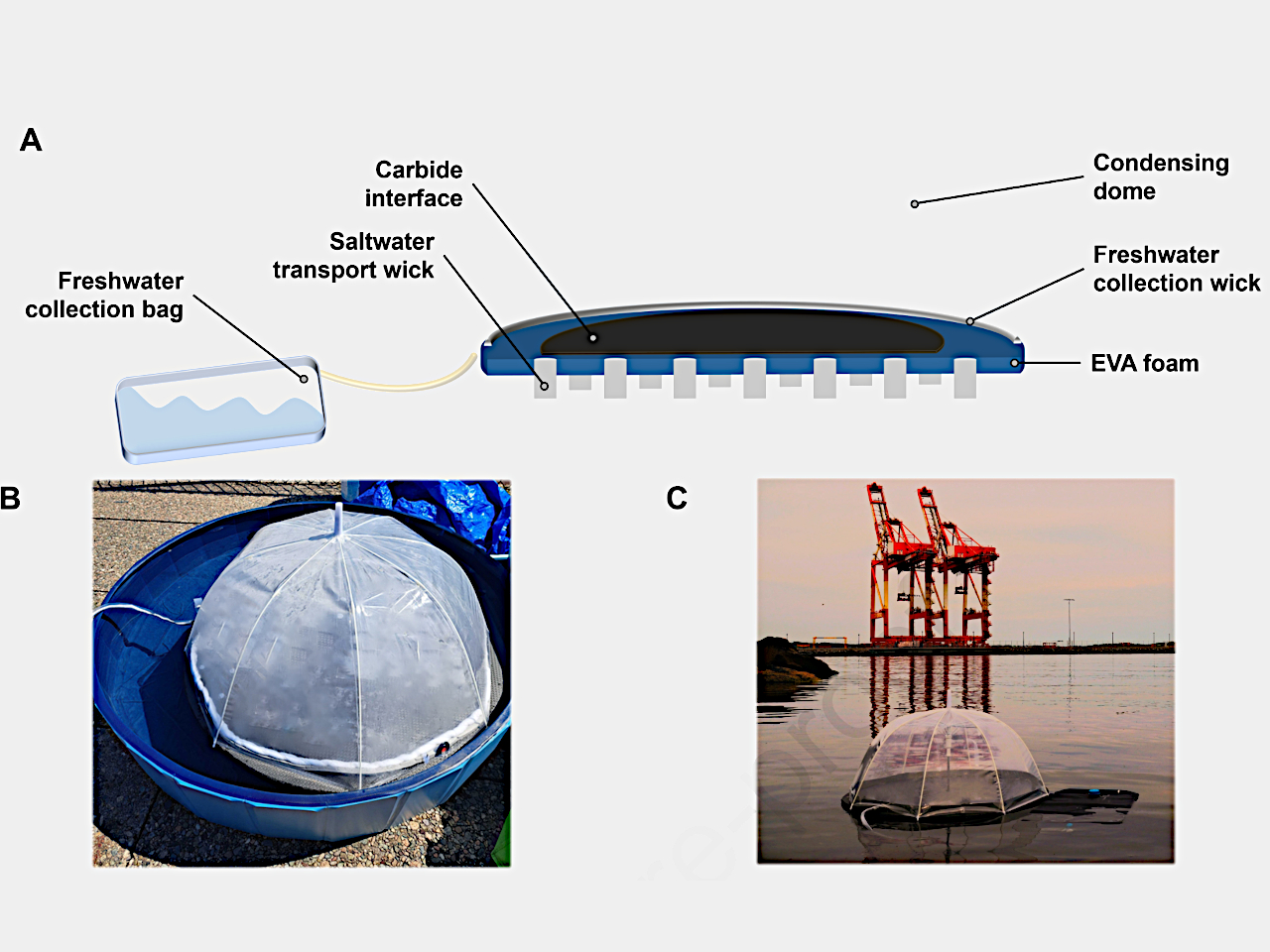
While there are other projects similar to this, what makes it different is that it’s made from old tires that are processed through pyrolysis. The carbon-rich char that is produced from here is mixed into plasmonic titanium carbides. This means that you just have to spend 0.86 cents per liter to purify the water, which is pretty cheap compared to other devices that use precious metals and are therefore more expensive.
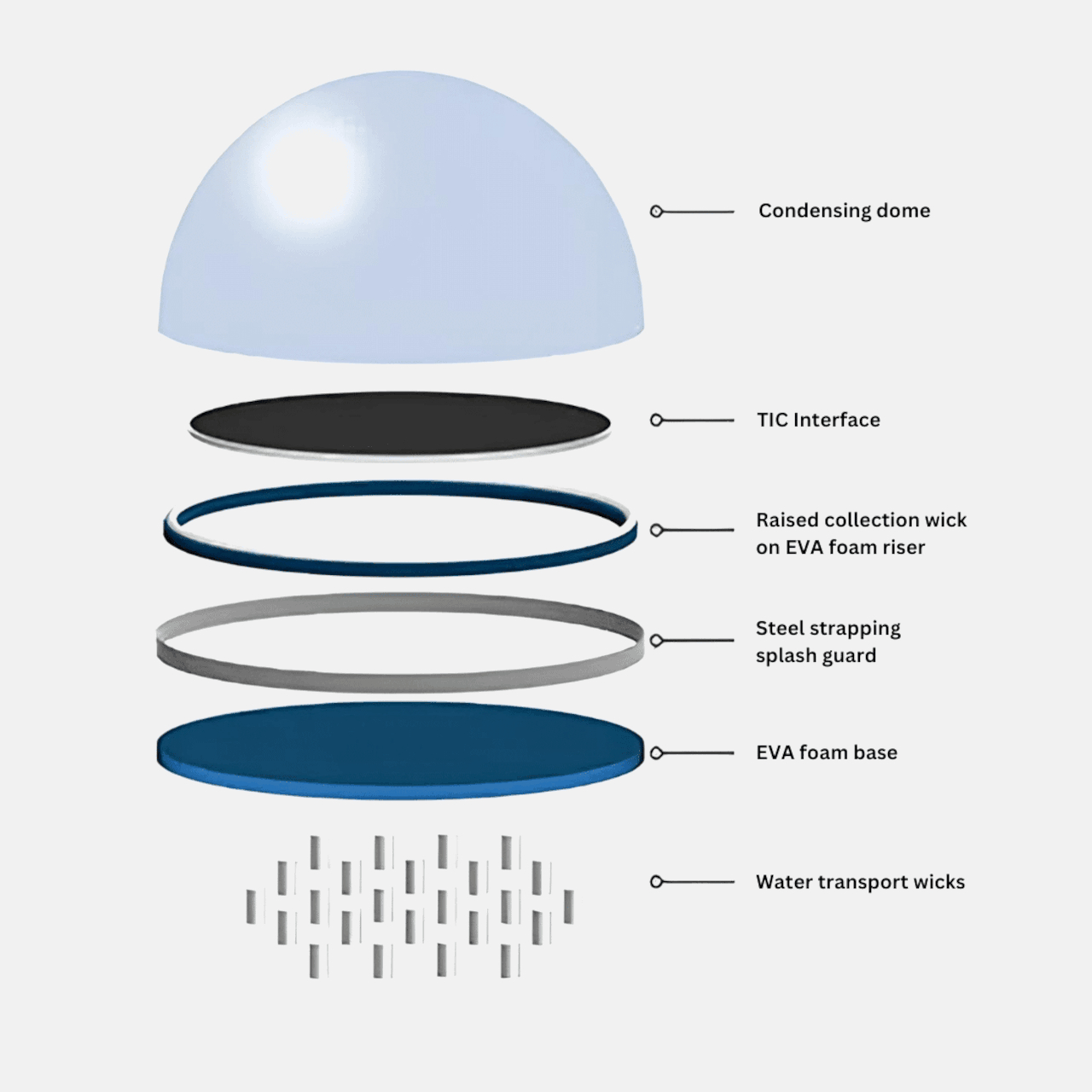
The solar still can even generate a small amount of electricity because of the thermoelectric effect. This can be enough energy for water quality sensors although it may be useless for other things since it’s just a small amount. If this becomes successful then lower income communities can benefit from this and get the clean water that they need for every day living.
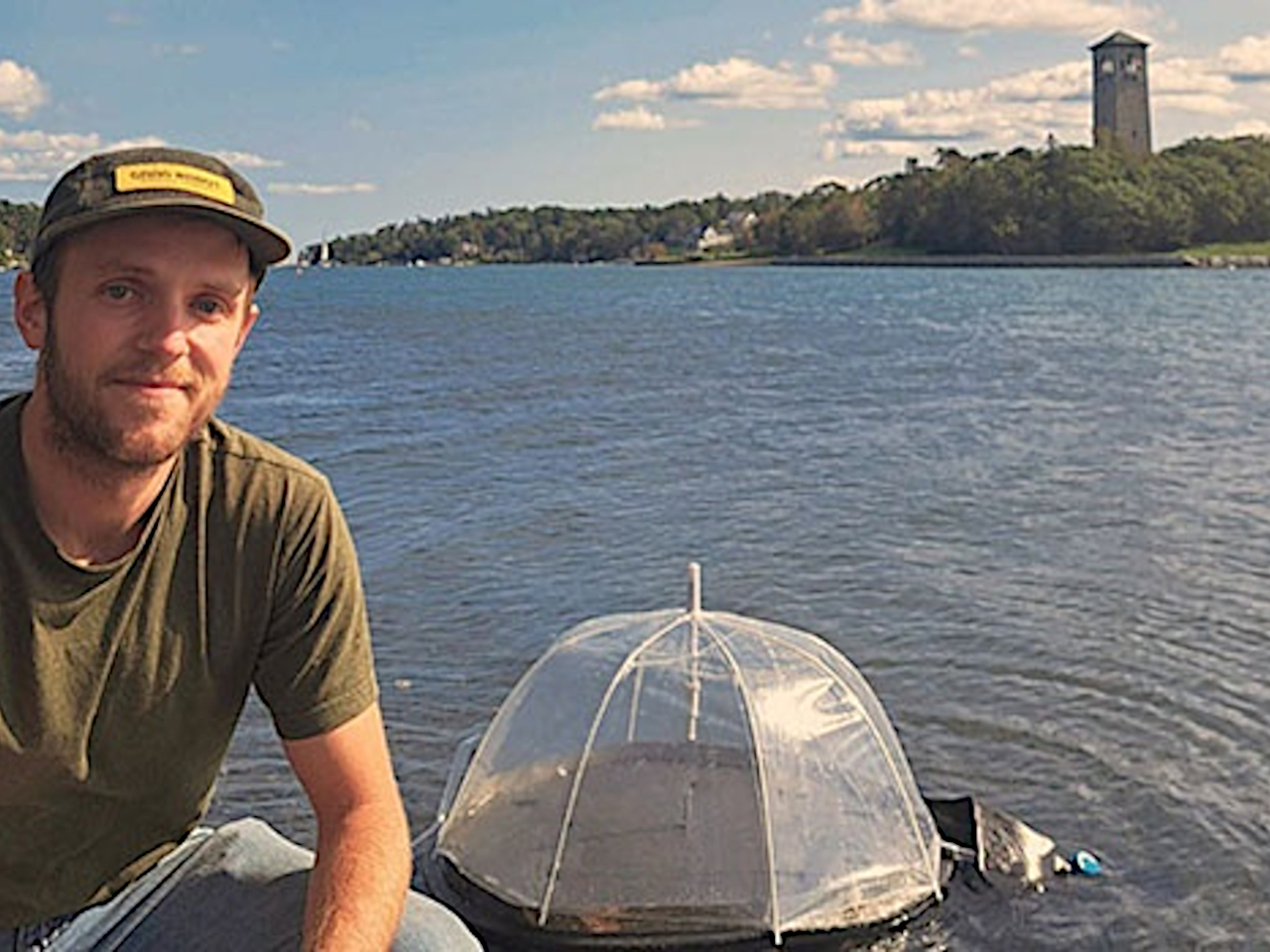
The post Floating solar still made from old tires can purify 15.5 cups of water every day first appeared on Yanko Design.
